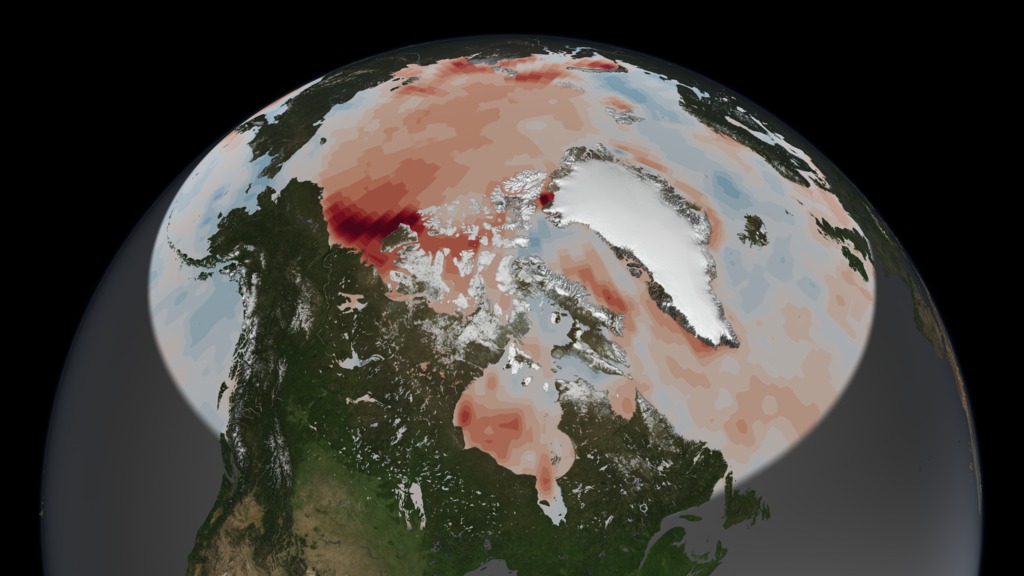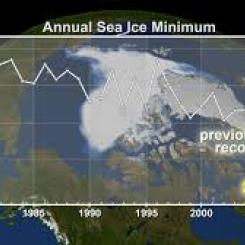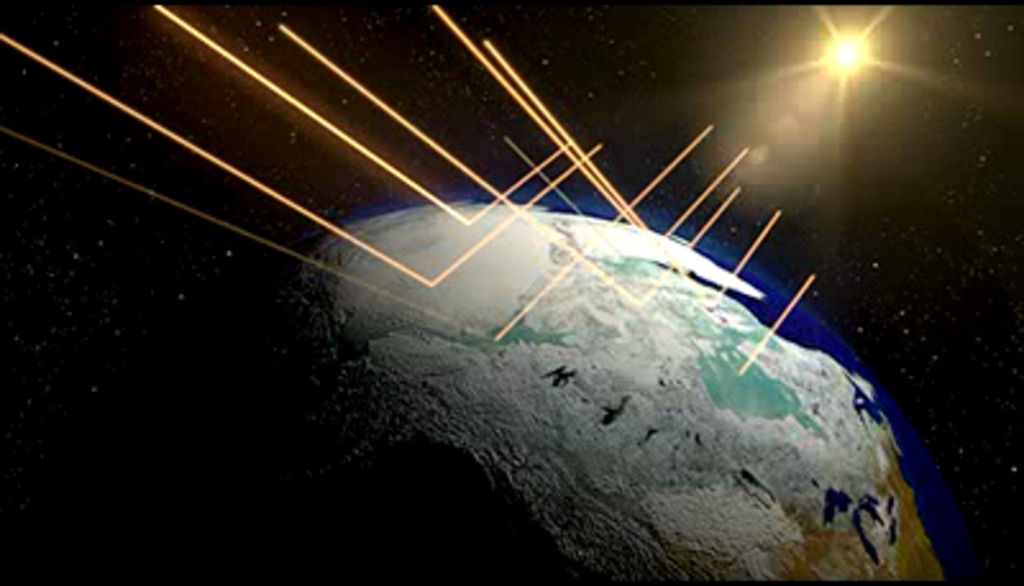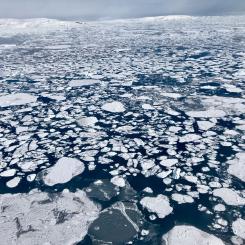About The Cryosphere
 This image represents the cryosphere throughout the My NASA data website.
This image represents the cryosphere throughout the My NASA data website.
What is the Cryosphere?
The Cryosphere refers to any place on Earth where water is in its solid form, where low temperatures freeze water and turn it into ice. The frozen water can be in the form of solid ice or snow and occurs in many places around the Earth. People often think of the polar regions of our planet as the main home of the Cryosphere; the North Pole in the Arctic, as well as the South Pole in the Antarctic. The cryosphere exists in the polar regions, but is also found wherever snow, sea ice, glaciers, permafrost, ice sheets, and icebergs exists. In these places, surface temperatures remain below freezing for a portion of each year.
Snow and ice are both basic elements of the cryosphere. The way that snow and ice interact throughout Earth’s different environments creates interesting features such as sea ice, glaciers, ice shelves, icebergs, and frozen ground. Since ice and snow are often found at temperatures close to their melting point, they frequently change from solid to liquid and back again in response to increases and decreases in surface temperature. Although direct measurements of the cryosphere can be difficult to obtain due to the remote locations of many of these areas, satellite observations help scientists monitor changes in the global and regional climate by observing how regions of the Earth's cryosphere shrink and expand.
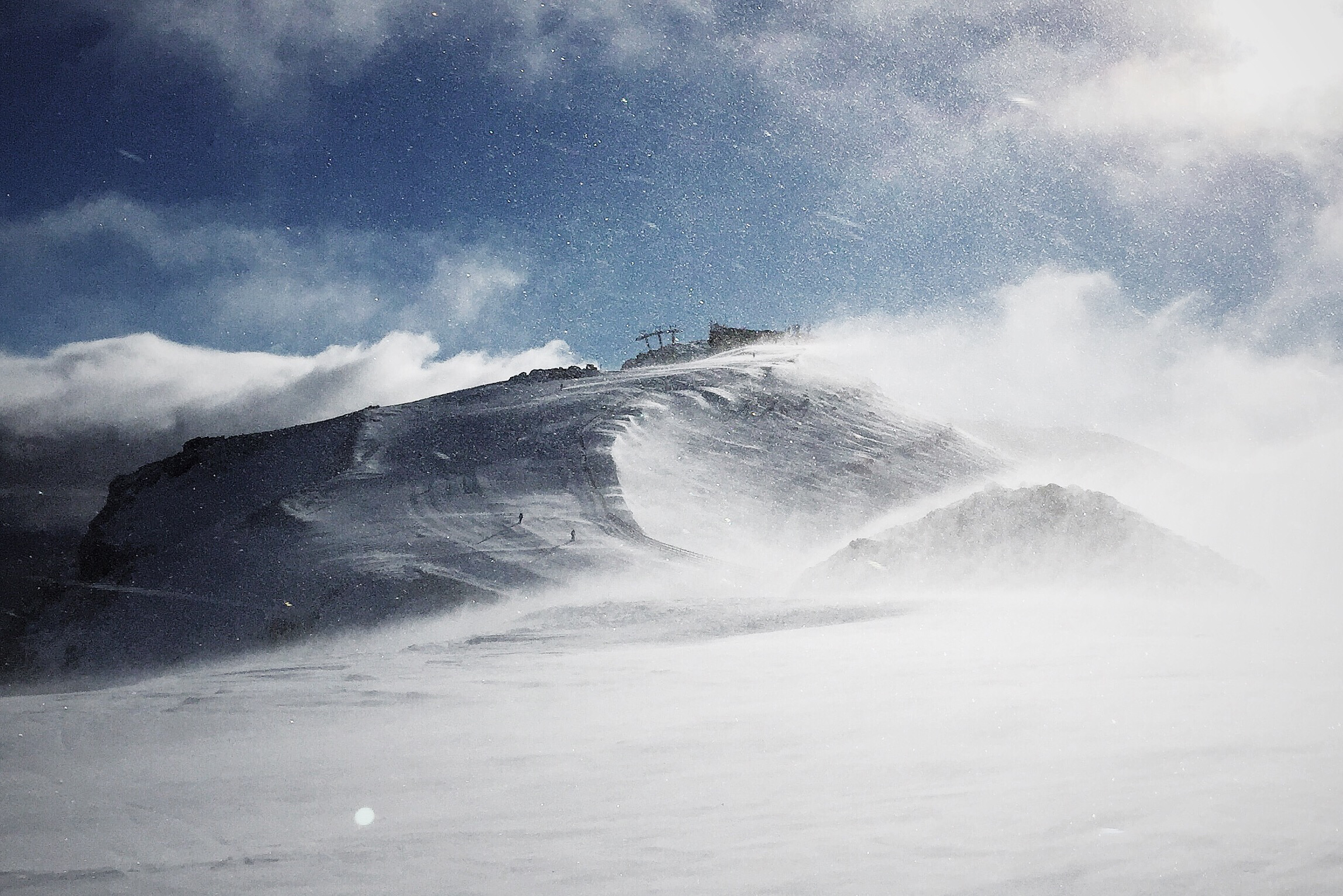
Snow
Snow is precipitation that forms when water vapor freezes into ice crystals. It can form whenever you have high humidity and cold temperatures in the atmosphere. Because snow is so reflective, it plays an important role in regulating climate: it reflects incoming sunlight back into space, cooling the planet.
Ice
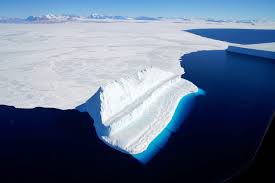
Ice forms when liquid water becomes a solid at temperatures below the freezing point. It is an essential part of sea ice, glaciers, ice shelves, icebergs and frozen ground. The presence of ice at the polar oceans has an important impact on the climate of the polar region and Earth's climate. As ice crystals form at the ocean surface, they expel salt, which increases the salinity of the underlying waters. This cold, salty water is dense and can sink to the ocean floor, where it flows back toward the equator. The sea ice layer also restricts wind and wave action near coastlines, lessening coastal erosion and protecting ice shelves. Sea ice also creates an insulating cap across the ocean surface, which reduces evaporation and heat loss to the atmosphere. As a result, the weather over ice-covered areas tends to be colder and drier than it would be without ice. Ice, like snow, is also white, meaning that much of the incoming solar energy over an ice surface is reflected and not absorbed. This also keeps the ice-covered surface colder that it would otherwise be without ice. Ice, which currently covers 10 percent of Earth's surface, is disappearing rapidly.
The Arctic
The Arctic is our polar region to the North; home to the North Pole and is characterized by a cold, salty ocean called the Arctic Ocean. This is where sea ice expands winter and recedes in the summer. Surrounding this ocean one will find frozen ground and permafrost, where glaciers, snow, and ice blanket the land with a dense sheet of snow and ice over Greenland.
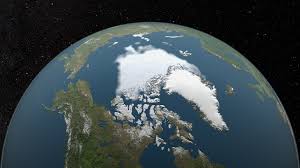
Antarctica
Antarctica is the fifth largest continent and is covered in ice. It is known as the coldest place on Earth. Antarctica covers Earth's South Pole. The temperature in the winter is cold enough to freeze water all the time, and the temperature in the middle of Antarctica is much colder than the temperature on the coasts.
Like the Arctic, Antarctica has extreme summer and winter seasons. During summer, Antarctica is on the side of Earth tilted toward the sun. For a few days at the coast and for a few months at the South Pole, the sun never sets. In winter, Antarctica is on the side of Earth tilted away from the sun. During this season, the sun never rises for a similar length of time.
Antarctica is a desert. It does not rain or snow much there. When it snows, the snow does not melt and builds up over many years to make large, thick sheets of ice, called ice sheets. Antarctica is made up of lots of ice in the form of glaciers, ice shelves, and icebergs.
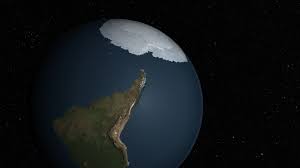
Between the Poles
At high elevations and during the cold winter months, we can find other examples of the cryosphere. Nearly every continent has locations that frequently collect snow, ice, and frozen soil. The cryosphere also exists in places far away from the cold poles, at high elevations.
Credit: National Snow and Ice Data Center
The Earth System interacts with Cryosphere in the following ways:
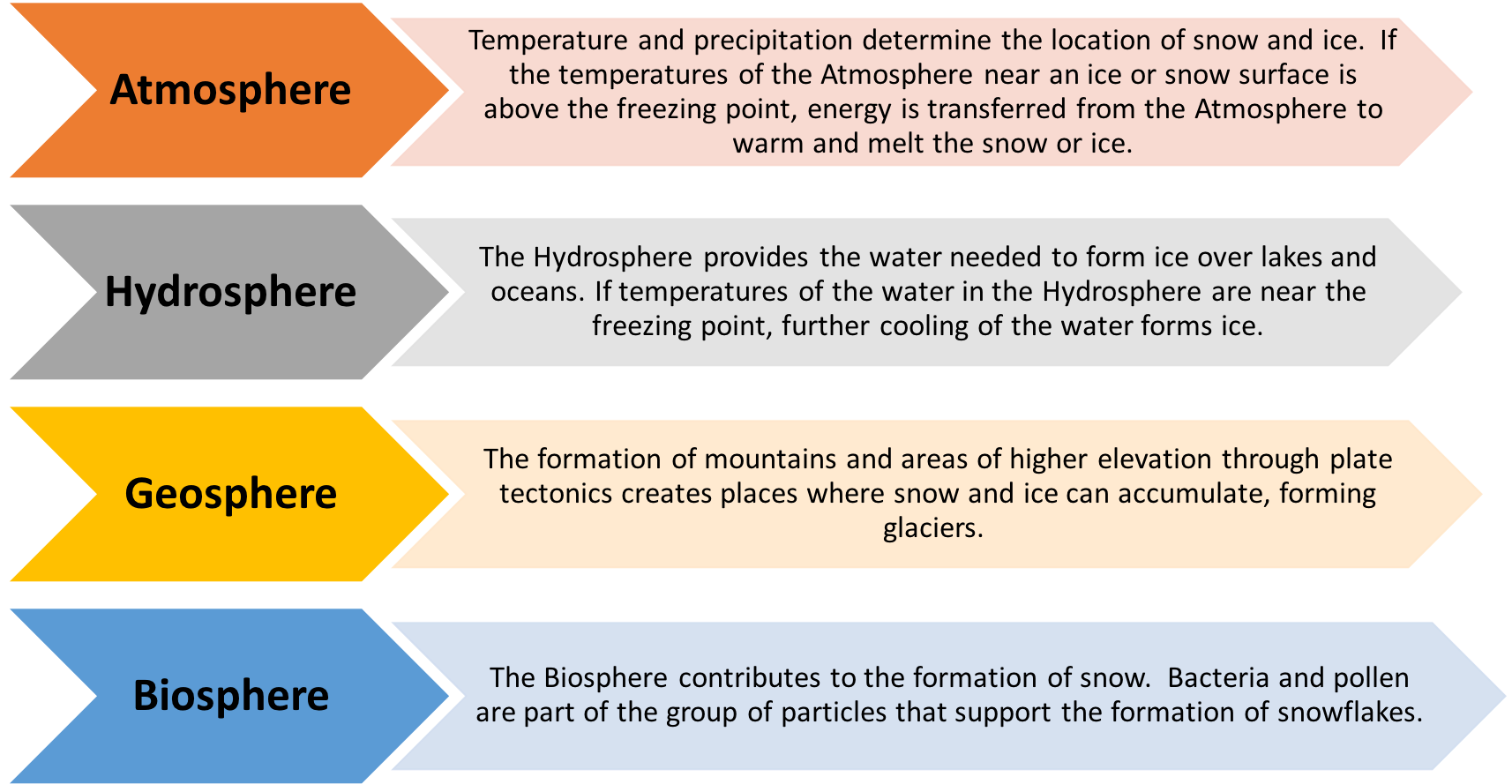
Disciplinary Core Ideas:
Crosscutting Concepts:
- Systems and System Models

